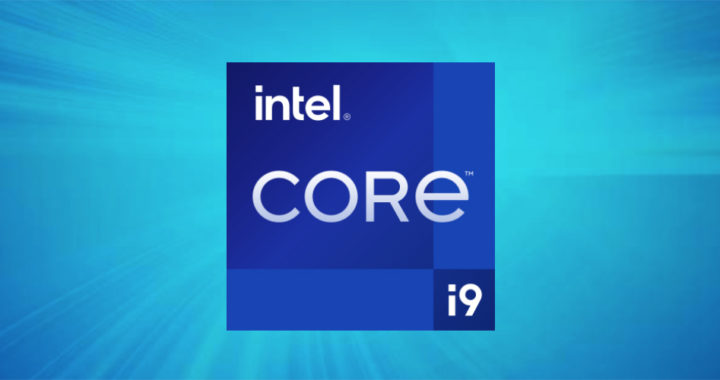Both the Intel Core i7 and Intel Core i9 are high-end processors from Intel positioned for power users. However, between the two, the latter has been positioned as an even more powerful CPU engineered and marketed for enthusiast-level users with better processing capabilities, as well as advanced Turbo Boost and in some version, Hyper-Threading features.
Advantages and Applications of Intel Core i9
1. Most Powerful in the Intel Core Line
One of the advantages of the Core i9 processor over the Core i7 and Core i5 is that it is faster and considerably more powerful. The current baseline model starts with a 10-core configuration. More processing cores fundamentally translate to better overall performance. Each core adds more computing power to allow process-heavy tasks to include extensive video editing, three-dimensional rendering, and intensive gaming, among others.
2. Premium Processor for Premium Devices
Intel markets this processor toward enthusiast-level users who are willing to pay a higher premium for performance. In a way, this segment also provides a testament to the usability and reliability of computer hardware. Manufacturers have used the Core i9 processors in their top-tier devices, such as the top configurations of the MacBook Pro and the Mac Pro from Apple and the high-end variations of Asus ROG gaming laptops.
3. Future-Proof for the Next Generation
Another advantage of the Core i9 is that it is engineered with next-generation applications in mind. It is currently capable of high-definition gaming, high-resolution and multi-tasked video and audio editing, and extensive and simultaneous use of resource-intensive applications. Additionally, it theoretically would be able to accommodate new computer applications with similar or higher resource requirements.
4. A Note on Enthusiast-Level Computing
Enthusiast computing differs from mainstream computing because enthusiast-level users pay attention to the most advanced hardware components and opportunities for customizations. Furthermore, these users include subgroups composed of professional or competitive gamers professional commercial artists such as animators and graphics artists, and computer scientists such as data analysts and programmers.
Disadvantages and Limitations of Intel Core i9
1. Overkill For Most Computer Users
Remember that this processor is geared toward enthusiast-level users. Average users and a considerable number of power users would still benefit from using an Intel Core i5 or Intel Core i7 with good clock speeds and paired with good RAM. For those whose use-case requirement revolves around day-to-day office productivity and content consumption applications, the Core i9 is definitely an overkill.
2. Power Consumption and Overheating
The better the computing capabilities and the faster the clock speed, the higher the energy requirement. The Core i9 consumes most power among the Intel Core family of processors. Furthermore, it generates the most heat. It is essentially unsuitable for portable devices and situations in which longer battery hours is critical. Moreover, it should be operated under an efficient cooling system to avoid overheating.
3. Some Hardware Compatibility Issues
Upgrading from a Core i5 or Core i7 to a Core i9 is not simple. Hence, this is another notable disadvantage of the processor. A user would need to purchase and use a new motherboard that X2999 chipset. Note that this is not the same as motherboards that support other Core i5 and Core i5 processors. In addition, upgrading to a more powerful processor would require evaluating and upgrading the current cooling system.
4. Impractical, Expensive, and Inaccessible
Even some enthusiast-level users might find using this processor impractical. Another limitation of the Core i9 is that it is twice to thrice as expensive as the i7 and about 80 to more than 100 percent more expensive than the i5. The compatible motherboard is also expensive. The addition of a better cooling system also translates to another cost. Remember that this process would be an overkill for most average and some high-end users.





